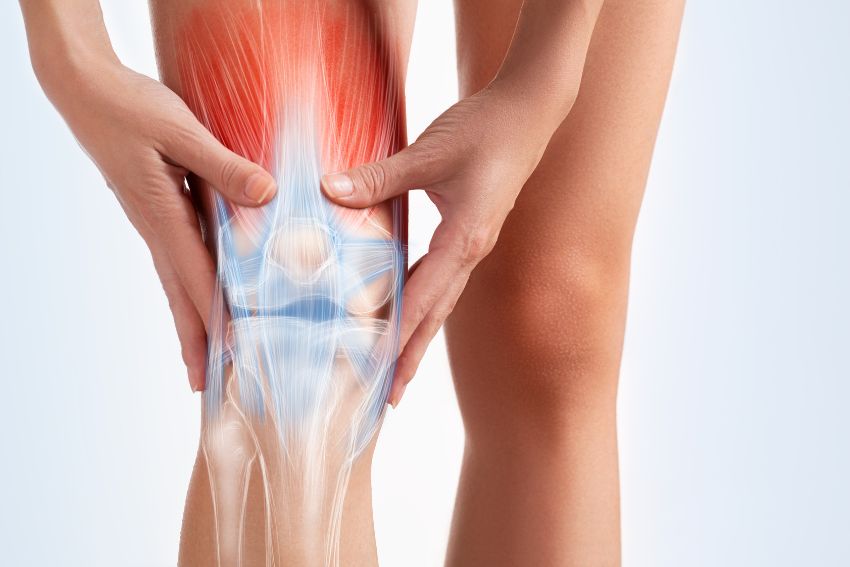Pain-Free Knees Blueprint: A Physiotherapist’s Guide to Relief
Understanding Knee Pain
Osteoarthritis: Degenerative changes leading to joint stiffness and discomfort
Ligament Injuries:Sprains or tears, such as ACL or MCL injuries.
Patellofemoral Pain Syndrome (PFPS): Pain around the kneecap due to overuse or misalignment.
Meniscal Tears: Cartilage injuries causing locking or clicking sensations.
Post-Surgical Pain: Common after knee replacements or arthroscopic surgeries.
Physiotherapy is the cornerstone of conservative and post-operative management. With a structured approach, it addresses not just the symptoms but the root causes of knee pain.
Physiotherapy Roadmap for Knee Pain
Assessment and Diagnosis
A comprehensive evaluation is essential for tailoring the right treatment plan:
Subjective History: Understanding the onset, nature, and aggravating factors of knee pain.
Physical Examination: Assessing range of motion, muscle strength, joint stability, and biomechanics.
Advanced Diagnostics: Referrals for imaging (X-rays, MRI) if required.
Evidence-Based Treatment Approaches
We use a combination of manual therapy, therapeutic exercises, and modalities to target pain and dysfunction.
Pain Management:
Modalities: Ultrasound, heat therapy, or cold packs for inflammation control.
Electrotherapy: TENS or interferential therapy to reduce acute pain.
Improving Mobility:
Manual Therapy: Joint mobilizations and soft tissue release to improve flexibility.
Stretching Exercises: Targeting tight structures such as the hamstrings, quadriceps, and calf muscles.
Strengthening Muscles: Weak quadriceps or gluteal muscles can overload the knee. Evidence-based strengthening exercises focus on restoring muscle balance
Key Exercises for Knee Pain
Quadriceps Strengthening:
Straight Leg Raise: Lie on your back, lift one leg to the height of the opposite knee, hold for 5 seconds, and lower slowly. Repeat 10–12 times per leg.
Wall Sit: Stand with your back against a wall and slide down until your knees are at a 90- degree angle. Hold for 20–30 seconds
Glute Activation:
Clamshells:Lie on your side with knees bent, lift the top knee while keeping your feet together. Perform 10–15 repetitions.
Stretching for Flexibility:
Hamstring Stretch: Sit with one leg straight and the other bent. Reach toward your toes on the straight leg and hold for 20 seconds.
Proprioceptive Training:
Functional Training:
Specific Conditions
- Osteoarthritis:Low-impact activities like cycling or swimming are ideal. Strengthening exercises for the quadriceps can alleviate stress on the knee joint.
- Patellofemoral Pain Syndrom- hip and core strengthening to improve alignment and reduce kneecap stress.
- Post-Surgical Rehab: Early-phase exercises (ankle pumps, quadriceps sets) transition to advanced
strengthening and functional activities over time.

